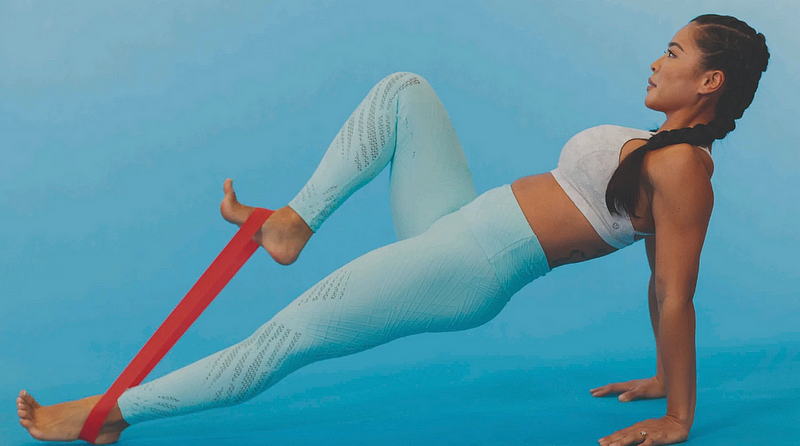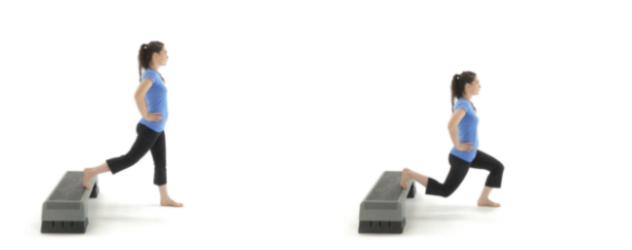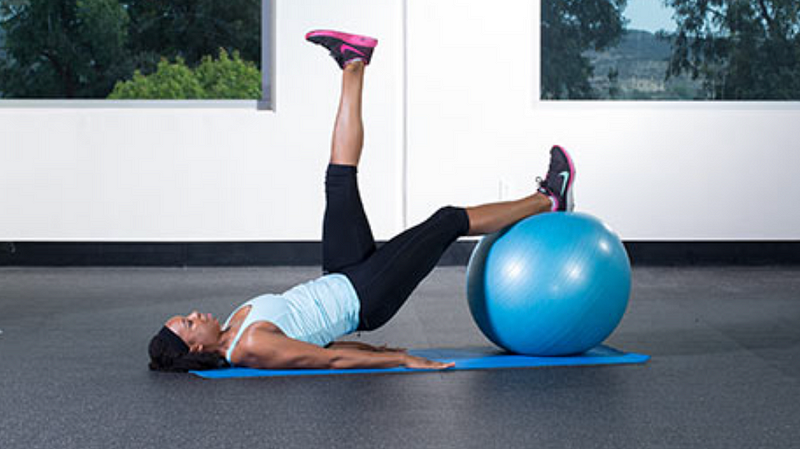# Strength Training for Runners: Maximize Performance and Prevent Injury
Written on
Chapter 1: The Importance of Strength Training for Runners
Before diving into today’s discussion, it's essential to clarify a critical point for all runners. Resistance training should not be considered mere cross-training; rather, it is an integral part of your overall regimen. It should be regarded as an essential extension of your running routine. The effort you invest in strength training, whether at the gym or at home, will not only boost your performance but may also be the key to keeping you active on the roads and trails by developing your body into a finely tuned machine, free from wear and tear.
Now that we’ve established that, let’s address a hot topic among runners: when is the optimal time to incorporate resistance training into your routine? This is an excellent question and has a surprisingly straightforward answer.
While many believe that resistance training should be reserved for off days or easy days, this approach often hampers recovery and can slow progress. Why is this the case? After an intense running session (such as tempo runs, intervals, or long distances), your body will be significantly fatigued the next day. However, immediately following a tough workout, your body enters a heightened physiological state, characterized by elevated hormones and metabolic processes. Though this is a simplified explanation, the concept remains clear.
Maintain the distinction between hard days and easy days.
Leveraging this elevated physiological state after a strenuous run provides a perfect opportunity to engage in strength and conditioning exercises at a similar intensity. This strategy allows you to capitalize on your body's readiness for greater loads while ensuring full recovery on days designated for lighter efforts.
By doing so, you can identify weaknesses in running-specific muscles and biomechanics, as these areas will already be fatigued during the strength workout. I cannot emphasize enough how transformative this approach can be in the long run!
The goal is to keep your hard days challenging and your easy days relaxing to optimize performance gains and minimize the risk of injury and burnout. Here’s a practical example of how this could look:
- Monday: Easy 8 miles
- Tuesday: 6-mile tempo run / leg and core workout
- Wednesday: Easy 6 miles
- Thursday: 16 x 400m intervals / plyometric workout
- Friday: Easy 4 miles
- Saturday: 15-mile steady long run / mobility workout
- Sunday: Rest
This routine could serve as a solid framework for intermediate runners who have some experience in both running and strength training. Unless you are a professional athlete, two demanding days of running and strength training should suffice! Of course, be sure to adapt this to fit your personal goals, skill level, and daily schedule. Use this as a guideline to push hard on your intense days and maximize recovery on your easier days!
Section 1.1: Key Strength Movements for Runners
Before concluding, let’s explore three effective exercises you can integrate into a running-focused strength training regimen. These movements target muscle groups that runners often overlook during training. Consistently incorporating these exercises into your routine can significantly reduce your risk of injuries and imbalances, and they can all be performed in the comfort of your home for those who prefer not to go to the gym. Here’s a closer look:
Banded Reverse Plank March

Application: 2 x 10–15 reps per side
Instructions: Begin by looping a resistance band around your feet. Position yourself in a reverse plank, extending your hips and placing your heels and hands firmly on the ground. Alternate knee marches while keeping your hips elevated and your core engaged. Remember to relax your neck and shoulders, and don’t forget to breathe!
Bulgarian Split Squat

Application: 2 x 10–15 reps per side
Instructions: Utilize a single-leg stance for this exercise. Step back until your toes rest comfortably on a step or stair. Lower your body while keeping most of your weight on the front leg. Ensure your feet are positioned to allow a full lunge while keeping your front knee aligned with your toes. To increase intensity, consider raising the height of the step, adding dumbbells, or increasing the number of repetitions.
Single-Leg Hamstring Curl

Application: 2 x 10–15 reps per side
Instructions: Start on a mat with one heel on the center of a Swiss ball. Engage your core and elevate your hips off the ground. From this position, draw your heel toward your glutes. Once you reach the maximum contracted position, take 3–4 seconds to return to the starting position. This exercise not only isolates the hamstrings but also enhances core stability.
In Conclusion
If your goal is to enhance your performance on both the road and in the gym, it’s crucial to follow up your hard runs with strength training sessions. By balancing challenging days with adequate recovery time, you’ll significantly lower your risk of injury and avoid unnecessary fatigue over time. This approach is essential for maintaining high training intensity without encountering setbacks, helping you achieve your running goals.
Are you ready to transform your training and elevate your running performance?
This video provides insights into enhancing speed and acceleration for optimal performance.
Discover gym strength training tailored for runners to improve speed by 4% in just six weeks.